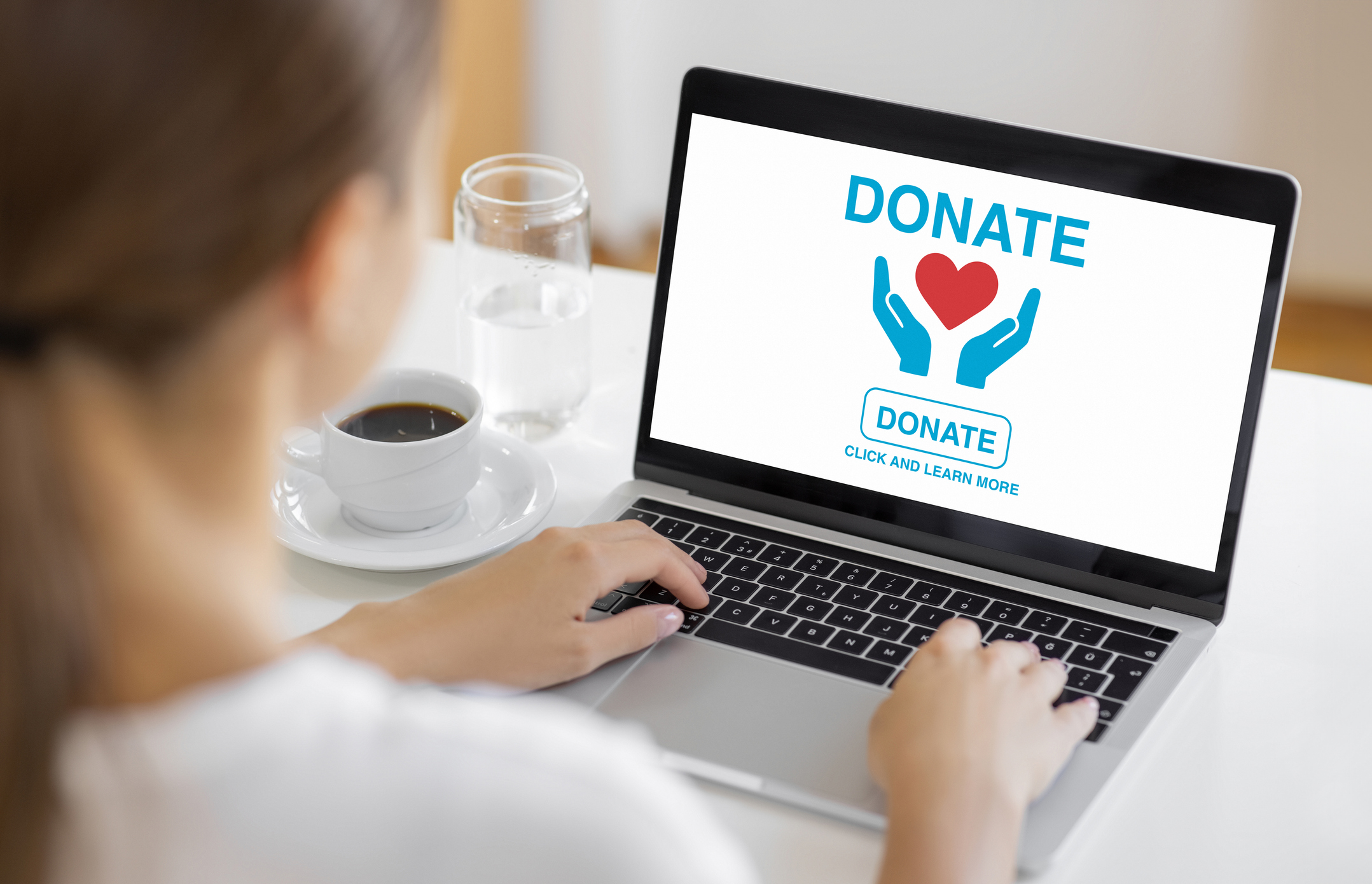Zelle App Shut Down? Why Zelle Has Discontinued Its App
With the Zelle app shut down, learn how you can still use Zelle and which other mobile payment apps you might want to consider.

Digital payments like Zelle and Venmo make it easy to send money to others, but Zelle has announced a major change to its operations.
As of April 1, the Zelle app has been discontinued. Now, with the Zelle app shut down, Zelle users will need to make a slight change in how they use the platform or find a different payment app.
Why Zelle shut down its app
Zelle, a digital payment network, simplifies the process of sending money to family and friends. With the app, users could send and receive money to and from the bank accounts of those they know.
From just $107.88 $24.99 for Kiplinger Personal Finance
Become a smarter, better informed investor. Subscribe from just $107.88 $24.99, plus get up to 4 Special Issues

Sign up for Kiplinger’s Free Newsletters
Profit and prosper with the best of expert advice on investing, taxes, retirement, personal finance and more - straight to your e-mail.
Profit and prosper with the best of expert advice - straight to your e-mail.
Additionally, according to the Zelle website, more than 2,200 banks and credit unions offer Zelle through their mobile app or online banking services, giving Zelle users multiple ways to access the platform.
In October 2024, Zelle published a press release announcing that the business would gradually phase out the Zelle app. According to the press release, Zelle created its standalone app for consumers whose banks or credit unions hadn’t joined the Zelle network.
Zelle has grown significantly since launching in 2017, and approximately 2% of transactions now take place on that standalone app.
“As a result of our growth, and because most people are now using Zelle in their financial institution’s mobile app or website, we are making a change to the Zelle standalone app,” Zelle wrote.
Zelle encouraged users of the standalone app to start using Zelle through a bank or credit union that participates in the program.
How to still send and receive money with Zelle
Though the standalone Zelle app shut down, you can access Zelle through over 2,200 U.S.-based banks and credit unions.
Zelle maintains a list of participating banks and credit unions that you can search. If your bank or credit union participates in Zelle, you can access Zelle by downloading your bank or credit union’s app.
Once you’re signed up for Zelle through the bank or credit union’s app, you’ll be able to send and receive money directly through the banking app, including to friends and family who use different banks.
Zelle is free to use, but both parties must have an eligible checking or savings account.
Additional digital payment apps
If your bank or credit union doesn’t currently offer Zelle, they may join the platform in the future. You can also use several other digital payment apps:
- Venmo: With Venmo, you can easily send money to friends and family, and you can make payments to businesses in-store or online. Venmo doesn’t charge if you send money from a linked bank account, debit card or your Venmo account. If you use a linked credit card, there’s a 3% fee.
- Apple Pay: Apple Pay is built into the Wallet app on devices like your iPhone, iPad and Apple watch. You can add a credit or debit card, then make a contactless payment when checking out at a business. Over 85% of United States retailers accept Apple Pay, and you can also use it when making online purchases.
- PayPal: PayPal’s app functions as a digital wallet, allowing you to send and receive money all over the world. You can use the app to save cash back offers from the brands you shop from, track packages and more. PayPal charges fees when you receive payments from a purchase or from users outside of your country or region.
- Cash App: It’s free to send money to friends and family with Cash App when you use your Cash balance or a linked debit card. Cash App charges a 3% fee when you use a credit card to send money. You can also direct deposit paychecks into the app and invest in Bitcoin.
Stay safe with digital payment apps
Digital payment apps streamline the process of sending and receiving money, and they’re convenient and easy to use.
But scammers target apps and users sending online payments, especially if you’re buying items on social media.
These simple tips can help you stay safe:
- Only send payments to people you know and trust, and verify their name, cell phone number and email to be certain you’re sending payments to the correct user.
- Choose large, well-known digital payment apps with a strong reputation for security and customer service.
- Create a strong password that’s unique to the app and enable multi-factor authentication on your account.
- Stay aware of common scams, like scammers posing as a loved one in danger who urgently needs money or an online seller requiring you to pay a deposit before you can see the item in person.
Digital payment apps can be great tools, but just like using any banking or financial service, it’s important to focus on safety and security to protect your financial information.
Related Content
Profit and prosper with the best of Kiplinger's advice on investing, taxes, retirement, personal finance and much more. Delivered daily. Enter your email in the box and click Sign Me Up.

Paige Cerulli is a freelance journalist and content writer with more than 15 years of experience. She specializes in personal finance, health, and commerce content. Paige majored in English and music performance at Westfield State University and has received numerous awards for her creative nonfiction. Her work has appeared in The U.S. News & World Report, USA Today, GOBankingRates, Top Ten Reviews, TIME Stamped Shopping and more. In her spare time, Paige enjoys horseback riding, photography and playing the flute. Connect with her on LinkedIn.
-
 Nasdaq Leads as Tech Stages Late-Week Comeback: Stock Market Today
Nasdaq Leads as Tech Stages Late-Week Comeback: Stock Market TodayOracle stock boosted the tech sector on Friday after the company became co-owner of TikTok's U.S. operations.
-
 Disney’s Risky Acceptance of AI Videos
Disney’s Risky Acceptance of AI VideosThe Kiplinger Letter Disney will let fans run wild with AI-generated videos of its top characters. The move highlights the uneasy partnership between AI companies and Hollywood.
-
 Ask the Editor: Itemized Deductions
Ask the Editor: Itemized DeductionsAsk the Editor In this week's Ask the Editor Q&A, Joy Taylor answers questions on itemized deductions claimed on Schedule A of Form 1040
-
 9 Types of Insurance You Probably Don't Need
9 Types of Insurance You Probably Don't NeedFinancial Planning If you're paying for these types of insurance, you may be wasting your money. Here's what you need to know.
-
 I'm an Insurance Pro: It's Time to Prepare for Natural Disasters Like They Could Happen to You
I'm an Insurance Pro: It's Time to Prepare for Natural Disasters Like They Could Happen to YouYou can no longer have the mindset that "that won't happen here." Because it absolutely could. As we head into 2026, consider making a disaster plan.
-
 The Future of Philanthropy Is Female: How Women Will Lead a New Era in Charitable Giving
The Future of Philanthropy Is Female: How Women Will Lead a New Era in Charitable GivingWomen will soon be in charge of trillions in charitable capital, through divorce, inheritance and their own investments. Here's how to use your share for good.
-
 The Retirement Donor's Checklist: Key Deadlines by Gift Type
The Retirement Donor's Checklist: Key Deadlines by Gift TypeRetirees have some charitable contribution options that can help avoid spikes in income from RMDS and capital gains.
-
 Verizon Home Internet Is Offering Free Tech to New Customers
Verizon Home Internet Is Offering Free Tech to New CustomersVerizon’s latest home-internet promotion includes free tech, but the real savings depend on pricing, speed needs and how long you stay.
-
 The November CPI Report Is Out. Here's What It Means for Rising Prices
The November CPI Report Is Out. Here's What It Means for Rising PricesThe November CPI report came in lighter than expected, but the delayed data give an incomplete picture of inflation, say economists.
-
 Online Banks Still Lead on Rates, But Is Switching Worth it Now?
Online Banks Still Lead on Rates, But Is Switching Worth it Now?As interest rates trend down, online banks keep an edge on yields, but service, access and flexibility still matter. Here’s how the trade-offs stack up.
-
 I'm 73, Retired, and Dreading Winter, But I Can't Afford to Be a Snowbird. Help!
I'm 73, Retired, and Dreading Winter, But I Can't Afford to Be a Snowbird. Help!How can a snowbird wannabe warm up without the expense? We asked professional wealth planners for advice.